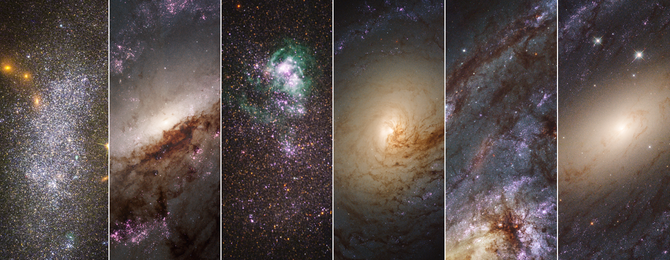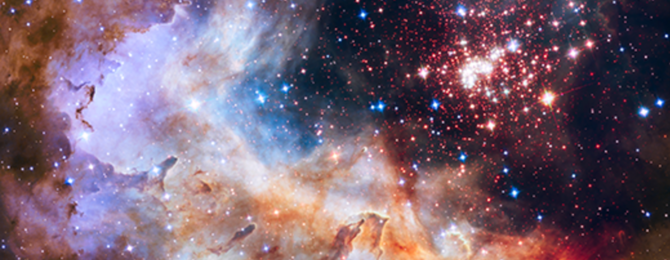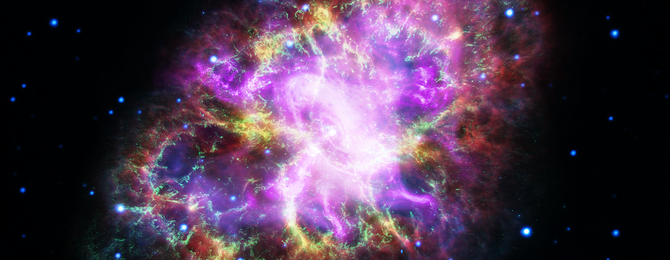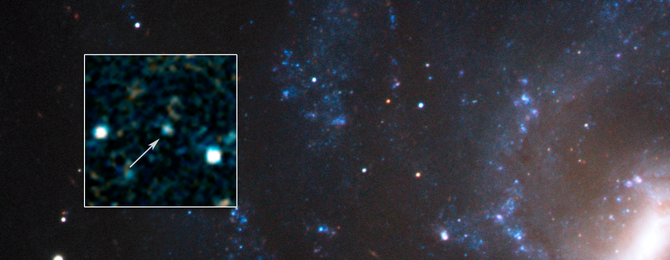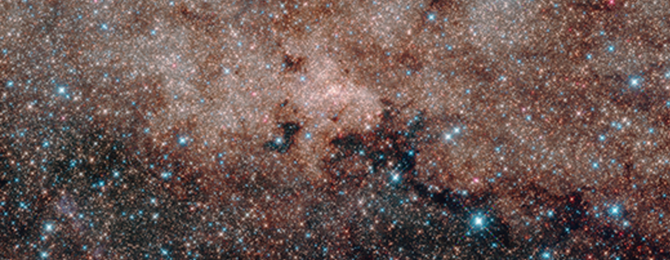Robby
Helper Bot
NASA's Webb Telescope to Make a Splash in the Search for Interstellar Water
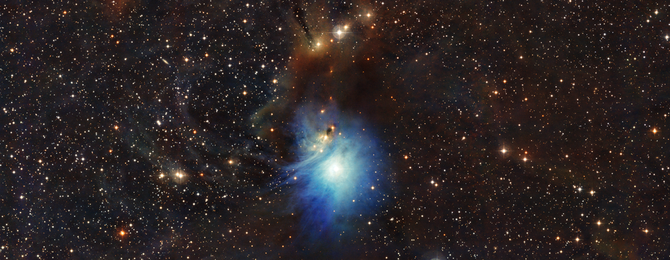
Most of the water in the universe floats in vast reservoirs called molecular clouds. It coats the surface of dust grains, turning them into cosmic snowflakes. When stars and planets form, those snowflakes get swept up, delivering key ingredients for life. NASA’s James Webb Space Telescope will map water and other cosmic ices to gain new insights into these building blocks for habitable planets.
(More at HubbleSite.com)

Most of the water in the universe floats in vast reservoirs called molecular clouds. It coats the surface of dust grains, turning them into cosmic snowflakes. When stars and planets form, those snowflakes get swept up, delivering key ingredients for life. NASA’s James Webb Space Telescope will map water and other cosmic ices to gain new insights into these building blocks for habitable planets.
(More at HubbleSite.com)


